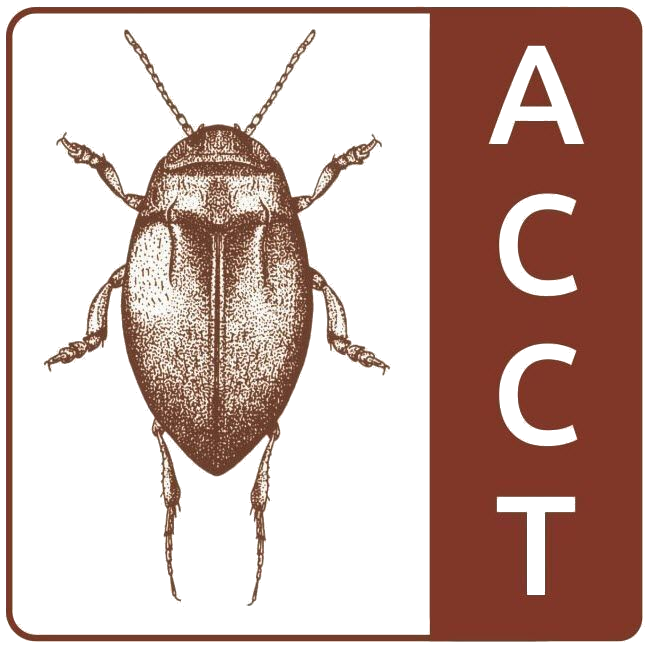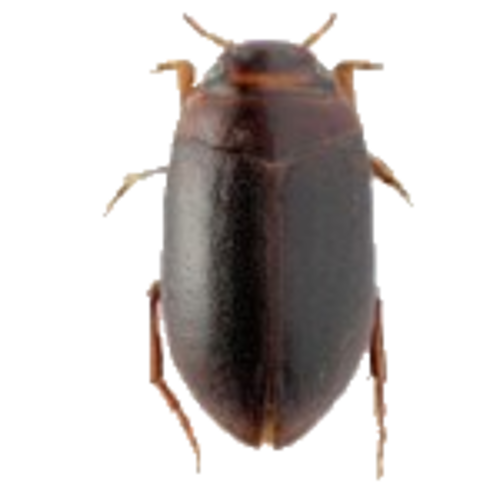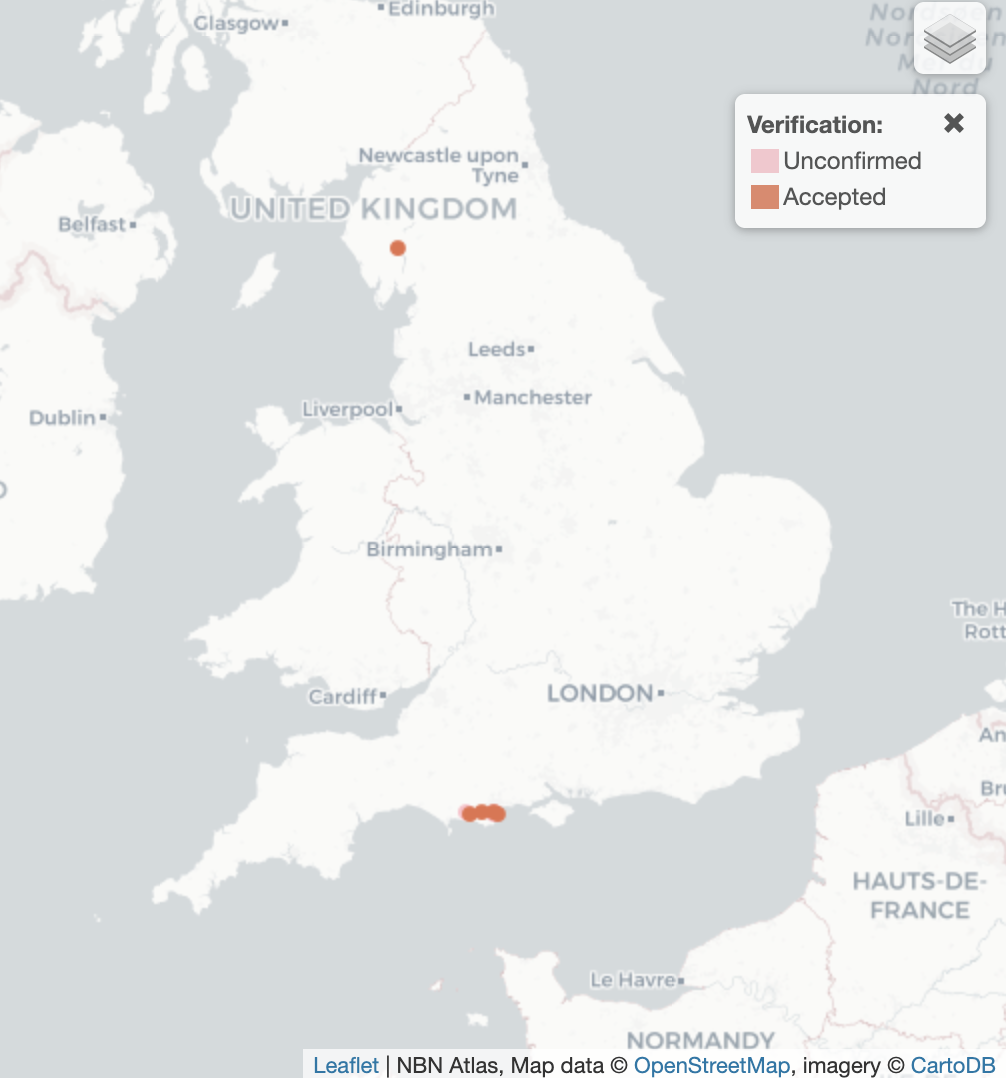Hydroporus necopinatus
(Foster, 1991)
Ron's Diving Beetle

Aquatic Coleoptera
Conservation Trust
OVERVIEW

Hydroporus necopinatus, affectionately known as "Ron's Diving Beetle" after its discoverer, is one of Britain's most recently described and critically endangered diving beetles. This UK BAP statement species represents recognized rarity and is typically found in the most pristine acidic aquatic environments, making it a key indicator of high-quality bog and flush ecosystems.
CONSERVATION STATUS
Key Threats:
- Habitat degradation and pollution
- Changes to water chemistry and pH
- Climate change affecting bog hydrology
- Human disturbance of pristine sites
- Atmospheric pollution impacts
Population Trend:
DISTRIBUTION

Current Range: Extremely restricted distribution with confirmed records from very few sites, primarily in areas with exceptional water quality and minimal human disturbance.
Habitat Distribution: Found exclusively in acidic flushes, springs, and bog pools characterised by pristine water chemistry, low pH, and minimal nutrient levels in upland or heathland environments.
ECOLOGY & HABITAT
Acidic Flushes
Natural spring-fed flushes with very low pH
Natural Springs
Pristine groundwater seepages with constant flow
Bog Pools
Ultra-pure bog pools in intact Sphagnum systems
Life Cycle: Complete metamorphosis with extremely specific requirements for ultra-pure, acidic water conditions
Diet: Specialised predator feeding on micro-invertebrates and organic particles in acidic environments
Water Quality Dependence: Requires exceptional water purity and is highly sensitive to any form of pollution or disturbance
CONSERVATION ACTIONS
Habitat Protection
Strict protection of all known sites and water sources
Water Quality Monitoring
Continuous monitoring of water chemistry and pH levels
Extensive Surveys
Systematic searches for additional populations
Research Priority
Urgent research into ecology and conservation needs